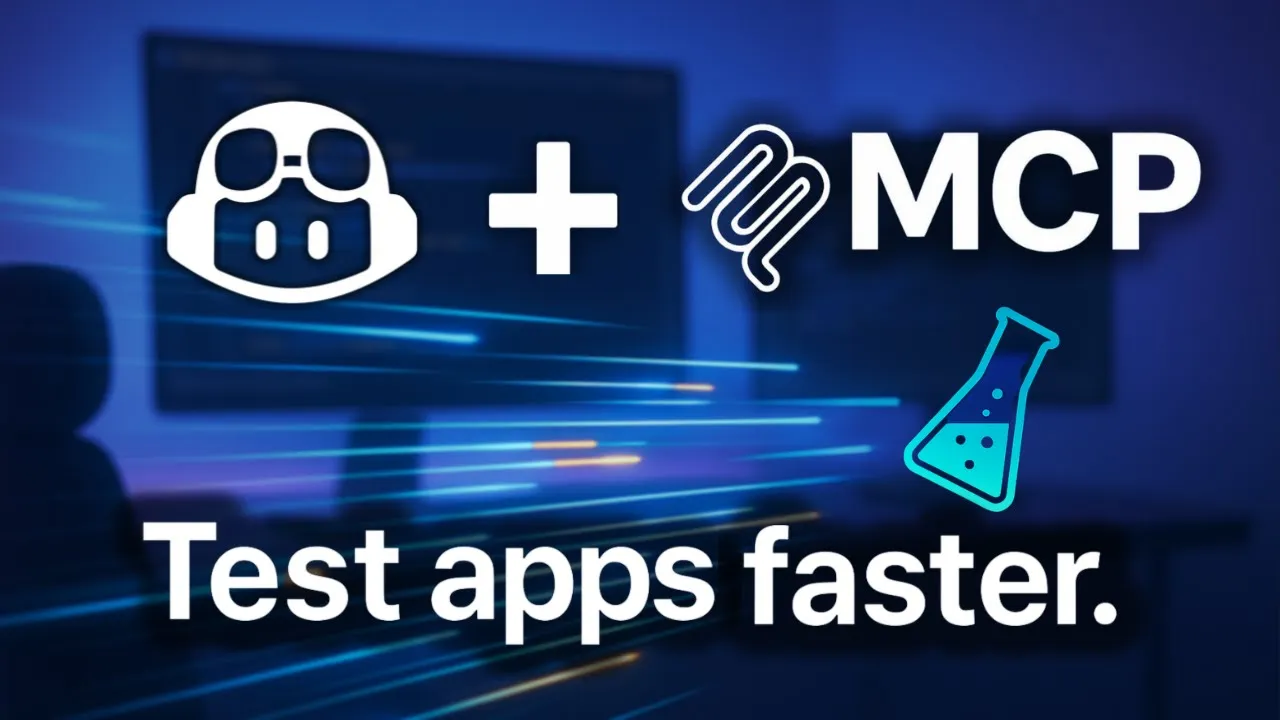Enhancing Testing with Intelligent Data Generation
Development workflows are undergoing a significant transformation thanks to AI assistants capable of understanding project context and performing meaningful tasks. One area where this impact is particularly valuable is in application testing, where the need for realistic dummy data has traditionally been a time-consuming challenge.
From Random Strings to Contextual Data
Testing applications effectively requires substantial amounts of realistic data. Historically, developers have been forced to either manually create this data or use random string generators that produce meaningless content. This approach works for validating basic functionality but falls short when it comes to testing how applications perform with data that resembles real-world usage.
AI assistants are changing this paradigm by generating contextually relevant dummy data that aligns with the application’s purpose. This capability represents a key benefit of AI coding assistants for engineers in modern development workflows. For example, in a plant care application, the AI can understand the context and create realistic plant names, watering schedules, and observations that mirror how actual users would interact with the system.
This conceptual shift—from random to relevant—enables developers to:
- Test applications with realistic user scenarios
- Identify UX issues that only emerge with substantial data volumes
- Validate interface responsiveness across different device sizes
- Anticipate edge cases that arise with diverse data types
Strategic Benefits of AI-Generated Test Data
The integration of AI assistants into the development environment offers several strategic advantages beyond just saving time:
Enhanced User Experience Testing
By populating applications with substantial amounts of realistic data, developers can better evaluate how the interface performs under various conditions. This helps identify potential issues with pagination, sorting, filtering, and overall responsiveness—problems that might not be apparent with limited test data.
More Authentic Application Evaluation
When applications are filled with contextually appropriate data, developers can experience the software much closer to how end users will. This authenticity enables more accurate assessment of application flow, information architecture, and overall usability.
Accelerated Development Cycles
The ability to rapidly generate comprehensive test datasets allows developers to move more quickly through testing phases. Rather than spending hours creating dummy content, they can focus on identifying and fixing actual application issues.
Improved Collaboration
When AI-generated data is properly documented and shareable (through migration files or similar mechanisms), team members can work with consistent test environments. This consistency enables more effective collaboration and reduces the “it works on my machine” problem.
The Developer-AI Partnership
While AI assistance represents a powerful advancement in development workflows, it’s crucial to recognize that these tools work best as collaborative partners rather than autonomous replacements. The most effective implementation involves:
- Developers guiding the AI with clear objectives
- Understanding underlying systems well enough to validate AI output
- Recognizing when AI suggestions need modification
- Documenting AI-assisted processes for team transparency
This partnership approach leverages both the AI’s ability to rapidly generate contextual content and the developer’s domain expertise and system knowledge. The result is a workflow that enhances productivity while maintaining quality control.
Looking Forward: The Evolution of Development Practices
As AI assistants become more integrated into development environments, we can expect further evolution in how applications are built and tested. This evolution is part of the broader transformation happening in how AI improves software testing across the entire development lifecycle. The ability to generate intelligent test data is just one facet of this transformation. Future developments may include AI-assisted performance optimization, security testing, and accessibility improvements—all following the same pattern of contextual understanding leading to meaningful assistance.
The fundamental shift is clear: development is becoming less about tedious manual tasks and more about creative problem-solving supported by intelligent tools. For developers embracing these changes, the reward is more efficient workflows and ultimately better end products.
Conclusion
The integration of AI assistants capable of generating contextually relevant test data represents a significant advancement in modern development practices. By automating the creation of meaningful dummy data, these tools allow developers to focus on higher-value tasks while still thoroughly testing their applications under realistic conditions.
As with any technological advancement, the key to success lies in finding the right balance—using AI assistance where it adds value while maintaining appropriate developer oversight. This balanced approach is essential for anyone building an AI engineering portfolio with practical, valuable projects. When implemented thoughtfully, this partnership approach leads to faster development cycles, better-tested applications, and ultimately superior user experiences.
To see exactly how to implement these concepts in practice, watch the full video tutorial on YouTube. I walk through each step in detail and show you the technical aspects not covered in this post. If you’re interested in learning more about AI engineering, join the AI Engineering community where we share insights, resources, and support for your journey. Turn AI from a threat into your biggest career advantage!

